21 Irish foods explained
What's the craic?
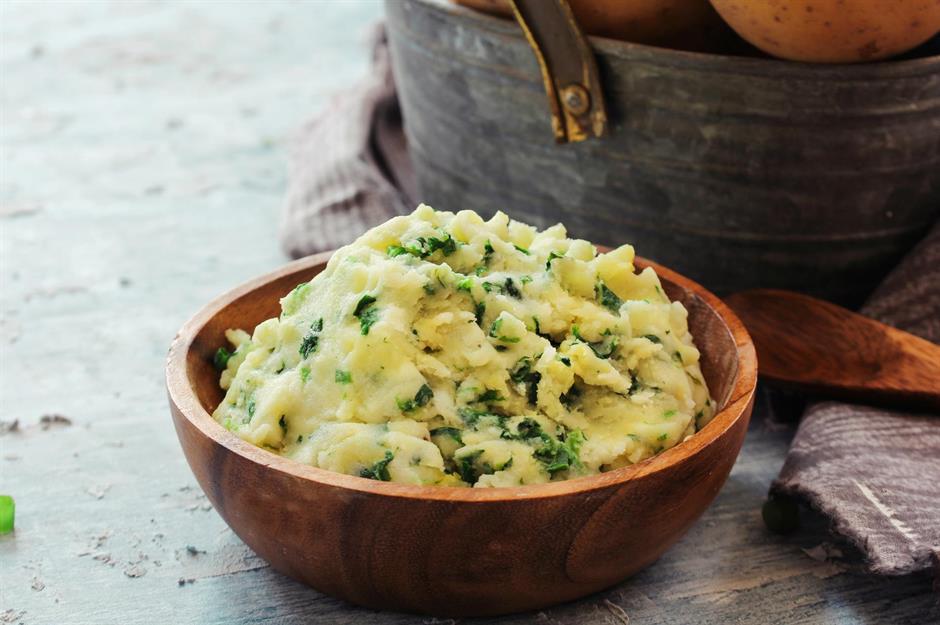
Ireland is rich in both produce and heritage, which makes for a delicious combination when it comes to the cuisine. From crubeens and colcannon to boxty and blaa, here are 21 uniquely Irish and Northern Irish foods explained.
Champ
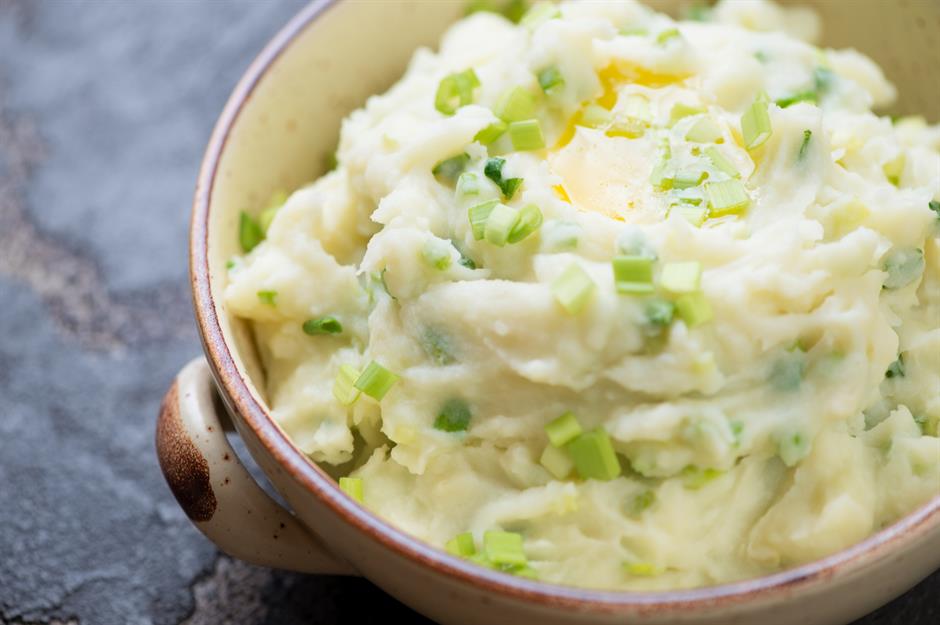
The Emerald Isle is synonymous with potatoes, a staple food there for many centuries, and a traditional Northern Irish way to eat them is champ. In this dish spring onions, or scallions as they’re called in Ireland, are mixed into creamy mashed potato. The ingredients usually consist of potatoes, spring onions, whole milk, salt, pepper and a generous portion of butter. It’s a great side dish to accompany either meat or fish.
Irish stew
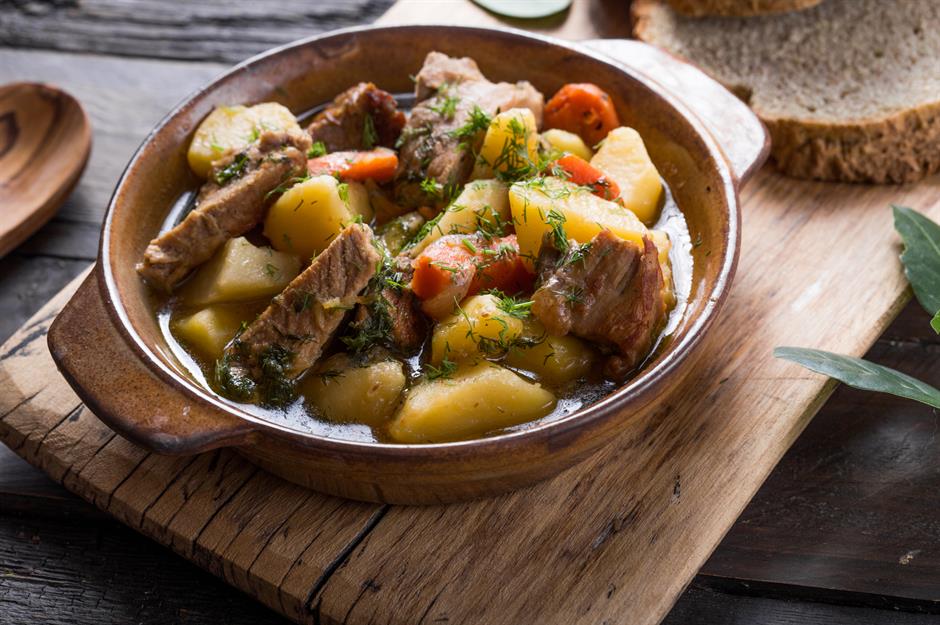
A winter staple, this warming, hearty dish in its purest form is mutton, onions, potatoes and water. Historically, it was slow cooked in a pot over fire and cost very little to make. Nowadays, still as comforting as ever, variations have arisen, including using lamb instead of mutton and adding carrots for sweetness – particularly in southern parts of Ireland.
The Ulster Fry
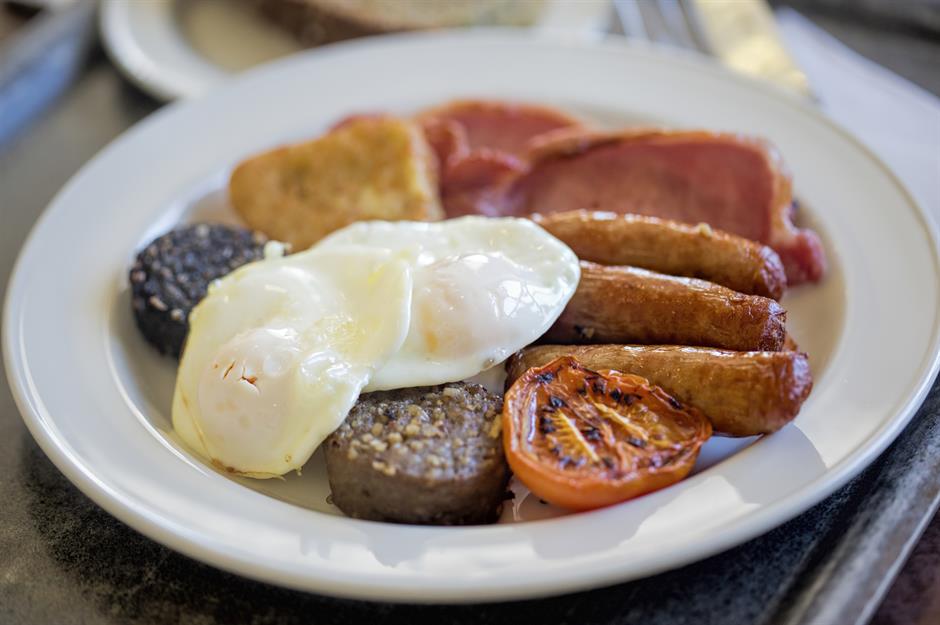
A dish you’ll find on the menu at pretty much every café in Belfast and beyond is the Ulster Fry, Ireland’s answer to a cooked breakfast. It has strict criteria for what can be included, only ingredients that can be fried in bacon fat. This includes sausages, bacon, eggs, tomato and black pudding. It’s served alongside two types of carbs, potato farls and soda bread, which we explain later.
Colcannon
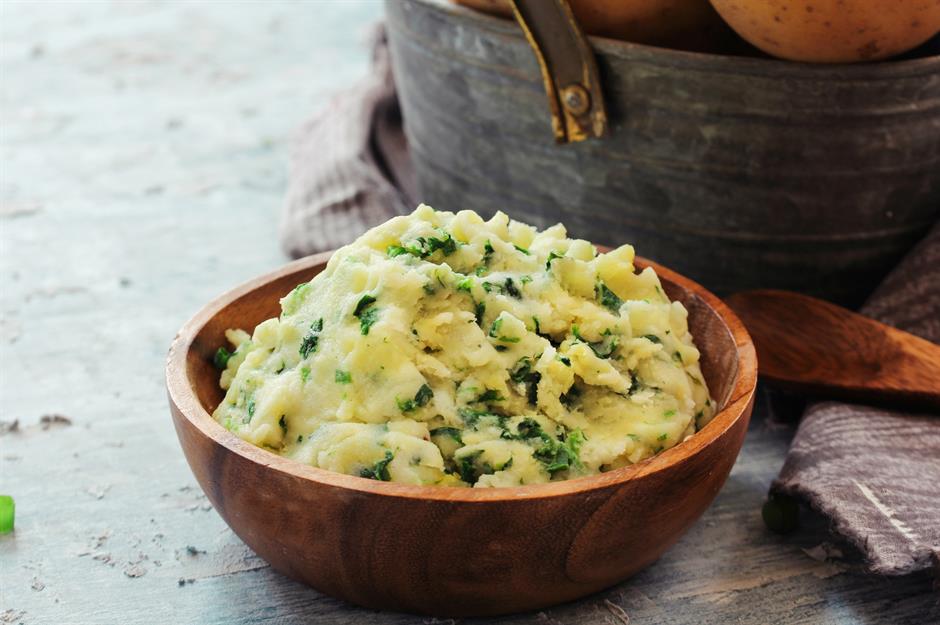
Another classic Irish mashed potato dish is colcannon where cooked curly kale is added to fluffy, buttery mashed potato. In folklore it was believed making this dish helped single women find a husband. Legend had it, if you put a spoonful in a sock and hung it on the door, the next man who walked through would become your husband.
Irish whiskey
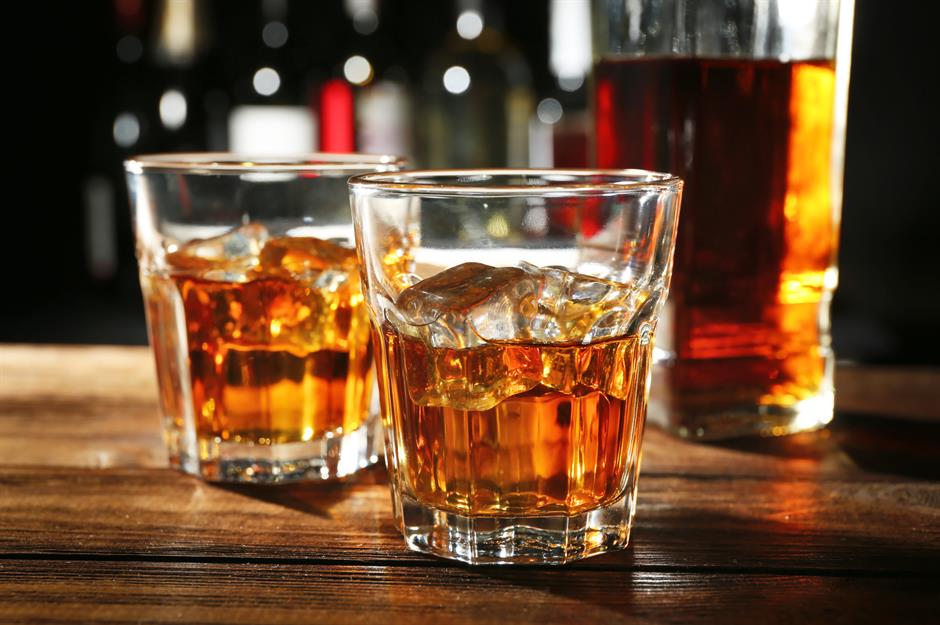
There are key differences between Irish whiskey and Scotch whisky, spelt without the “e”, that make some people prefer one over the other. Most notably, Irish whiskey is distilled three times, uses unpeated malted barley and kept in the cask for three years (Scotch whisky is distilled twice, uses peated barley and is kept in a cask for two years). Some people say this gives Irish whiskey a lightness that Scotch hasn’t got.
Skirts and kidneys
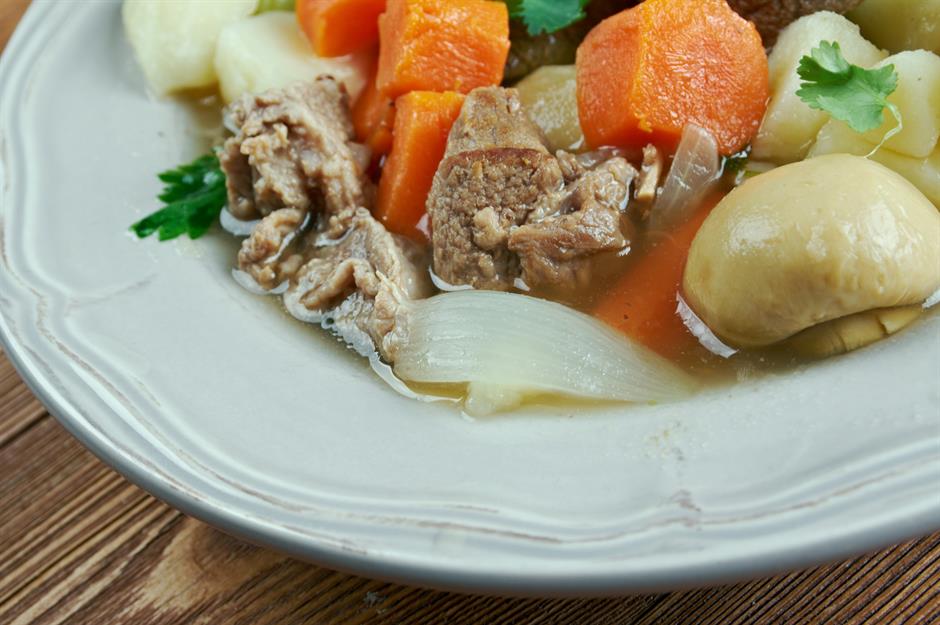
A speciality of port towns such as Cork and Waterford, skirts and kidneys is a stew made with tender pork skirts (the thin strips of meat inside the rib and backbone) and kidneys, plus potatoes, water and pepper, served with crusty bread. Historically, these towns supplied the British Army with meat and had an abundance of off cuts and offal which weren't wanted.
Irish dry stout
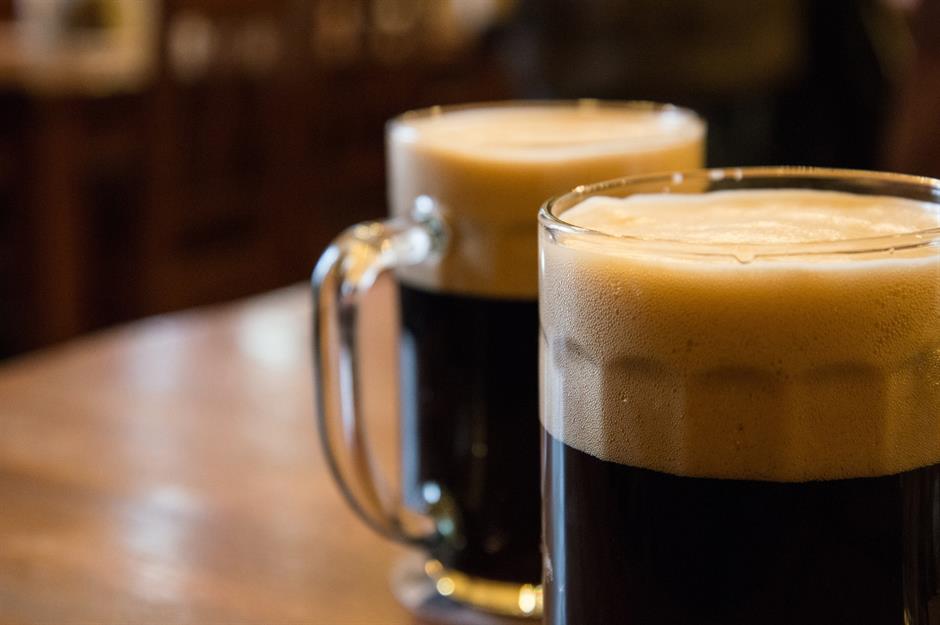
It’s likely you’ve heard of Guinness, but what else do you know about Irish dry stout? Like porter, it’s a dark beer, made with roasted barley or malt, water, hops and yeast. Not particularly strong nor heavy, it's often described as complex and smooth. It’s irrevocably associated with Ireland, although you can find it elsewhere. Mostly due to Guinness, founded in Dublin in 1759, and the fact it’s the most popular drink there.
Yellowman
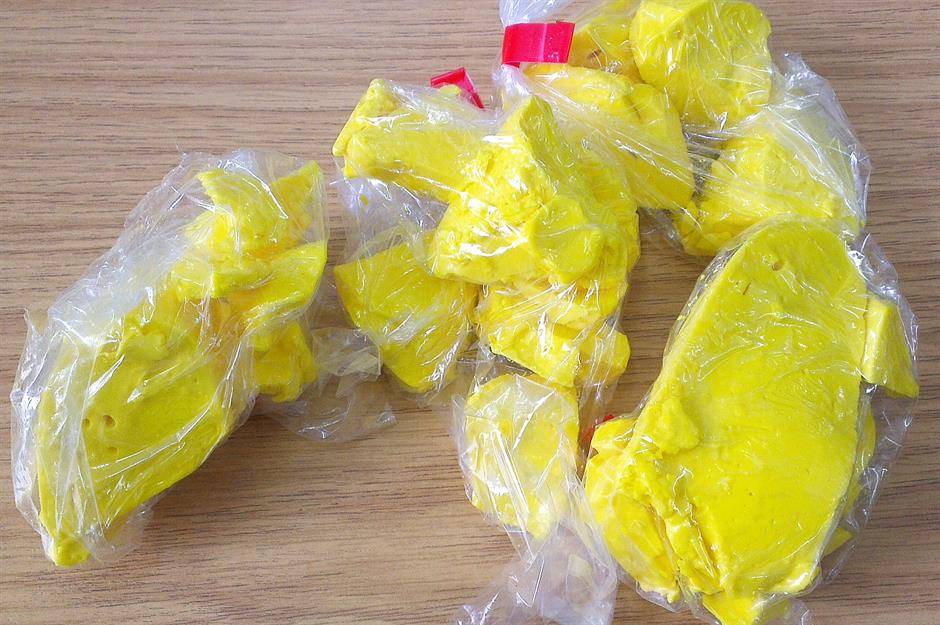
Similar to honeycomb but harder and more yellow, yellowman is an Irish candy known for being sold at the Ould Lammas Fair, a harvest festival, at Ballycastle in County Antrim. Big chunks of it are smashed up and sold in bags. Its ingredients consist of butter, sugar, golden syrup, white vinegar and baking soda.
Dublin Coddle
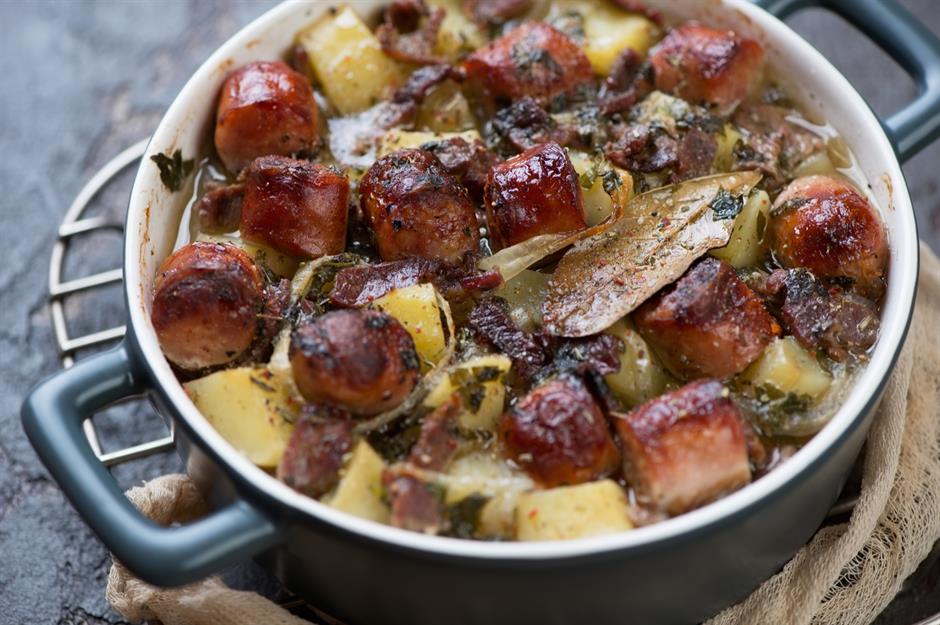
A dish of slow-cooked potatoes, sausages, bacon, onions and stock, garnished with fresh parsley, Dublin Coddle is the ultimate comfort food. It’s been cooked in Ireland since the 18th century and traditionally all the ingredients are thrown in without browning them first. Give the dish a modern update by adding colour to them first and a glug of Guinness towards the end.
Boxty
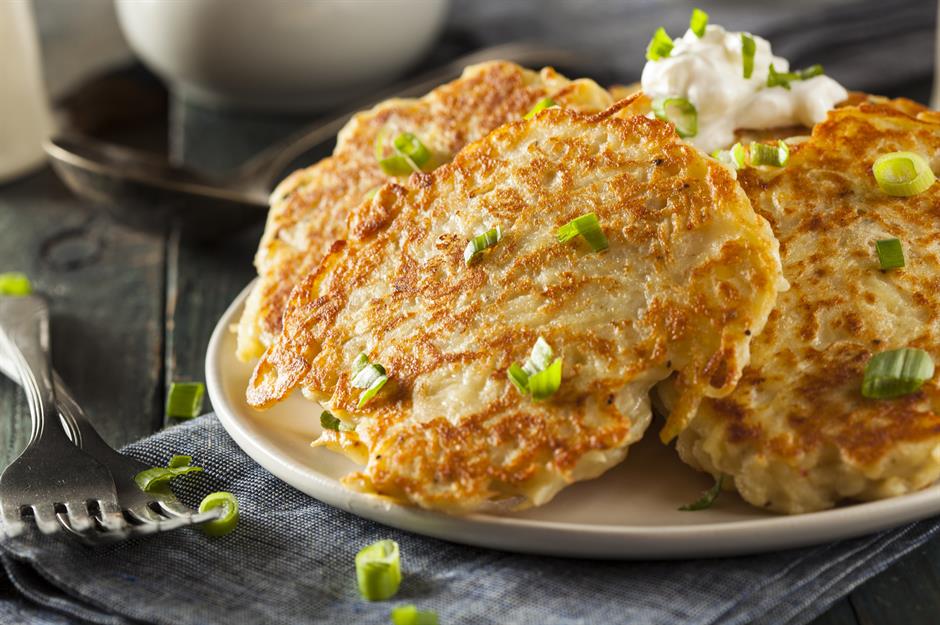
A dish that hasn’t always been fashionable but has always been a part of Irish home cooking, boxty are fried potato pancakes. Once considered peasant food and a way to make potatoes go further, the ingredients list includes raw, grated potato, leftover mashed potato, flour, egg, milk and seasoning. Fry up a batch to eat plain as a snack or serve them as a side dish.
Black pudding
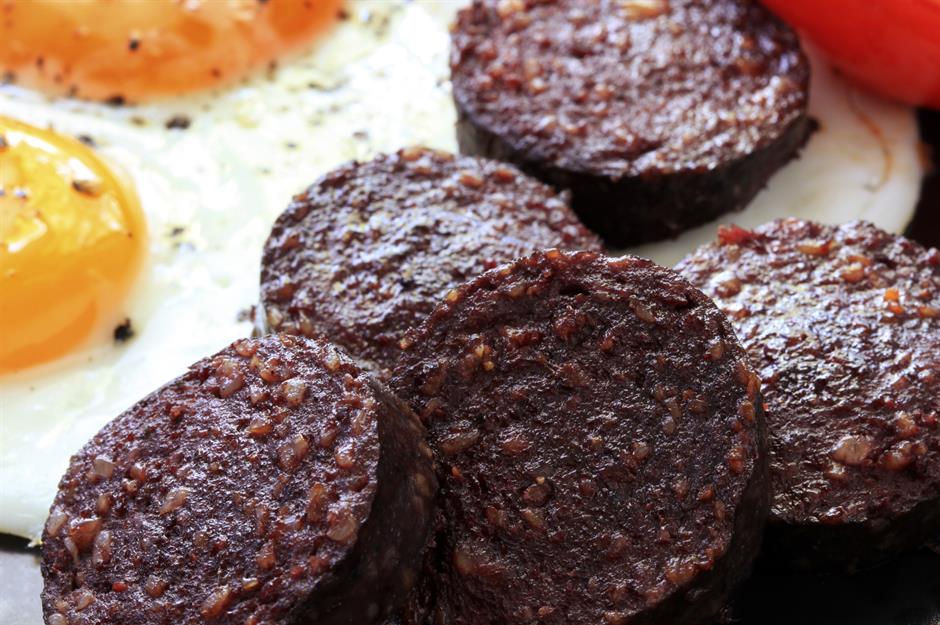
Many cultures’ cuisine includes blood sausage and has for centuries. But the tradition began in Ireland as pig farmers looked for extra ways to make money from the animal. Black pudding consists of pigs’ blood, fat and oatmeal packed in sausage casing. White pudding is the same but omits the blood. Both are usually served sliced then fried as part of an Irish breakfast.
Barmbrack
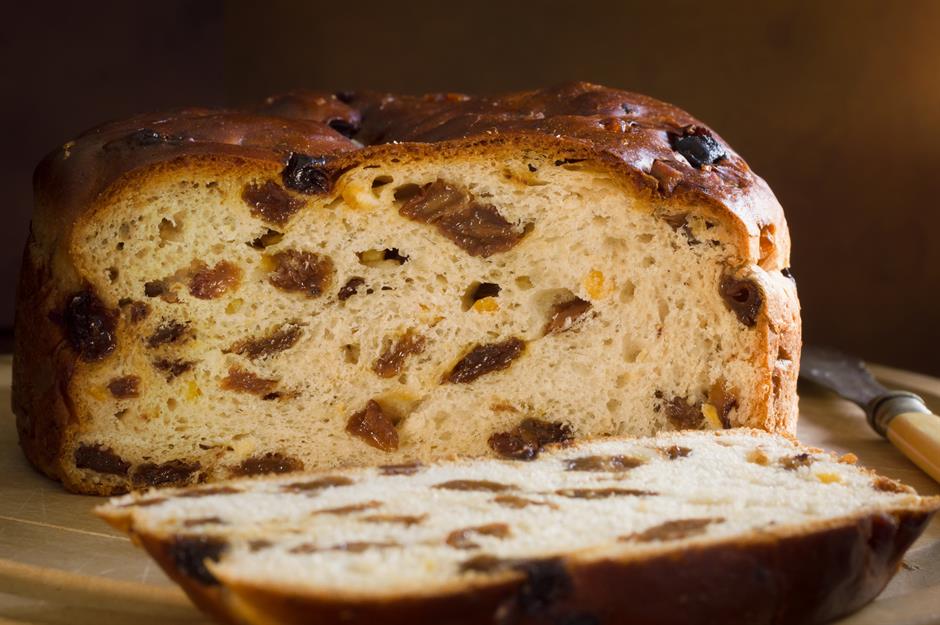
In Gaelic, barmbrack is called bairín breac, which means speckled bread. It’s a rich fruit loaf baked with raisins, currants and dried fruit peel that have been soaked in black tea and whiskey. It’s traditionally leavened with barm, the yeasty foam that collects at the top of fermenting beer. Around Halloween, charms are added to the mix which have fortune-telling properties.
Irish coffee
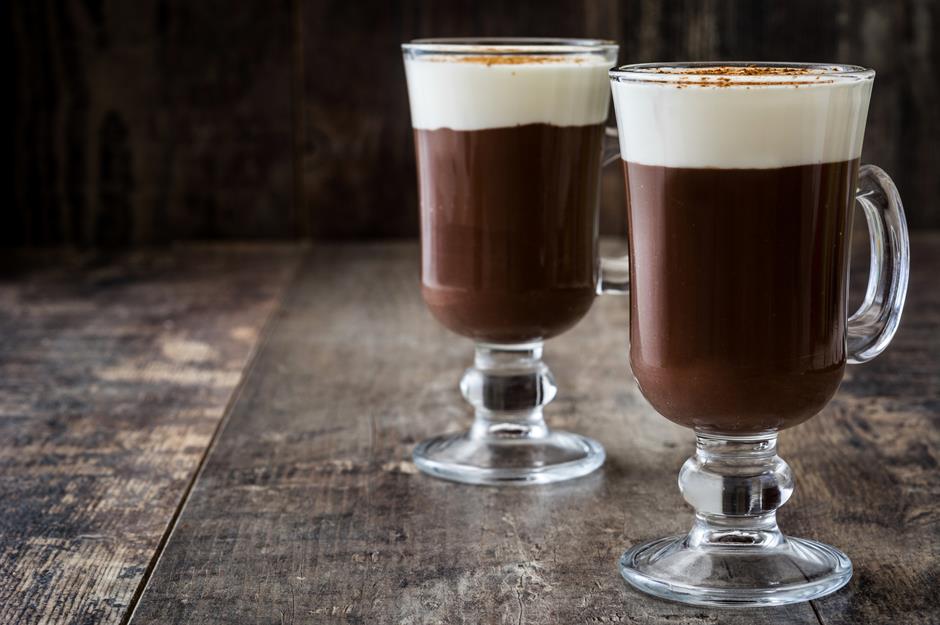
It looks like a mini Guinness, hot black coffee sweetened with sugar and spiked with whiskey, served in a clear Irish coffee glass and topped with double cream. The Irish coffee was invented at Foynes Airport, a flying boat terminal in County Limerick, in the 1940s. One stormy night a passenger plane going to New York was forced to turn back, so head chef Joe Sheridan created the boozy drink to welcome the weary travellers’ return.
Ardglass potted herring
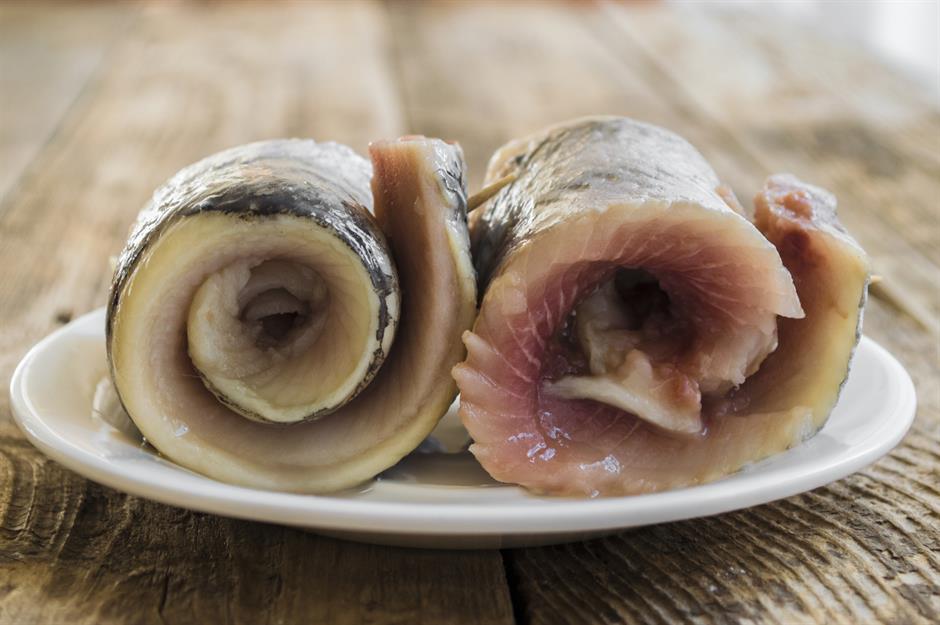
Unless you're from Northern Ireland it’s unlikely you’ve heard of Ardglass potted herrings, a dish where herrings caught in the coastal fishing village Ardglass are rolled up in vinegar, raw onion, spice berries and seasoning, and baked until crispy. It’s served with crusty bread and butter to mop up the juices.
Blaa
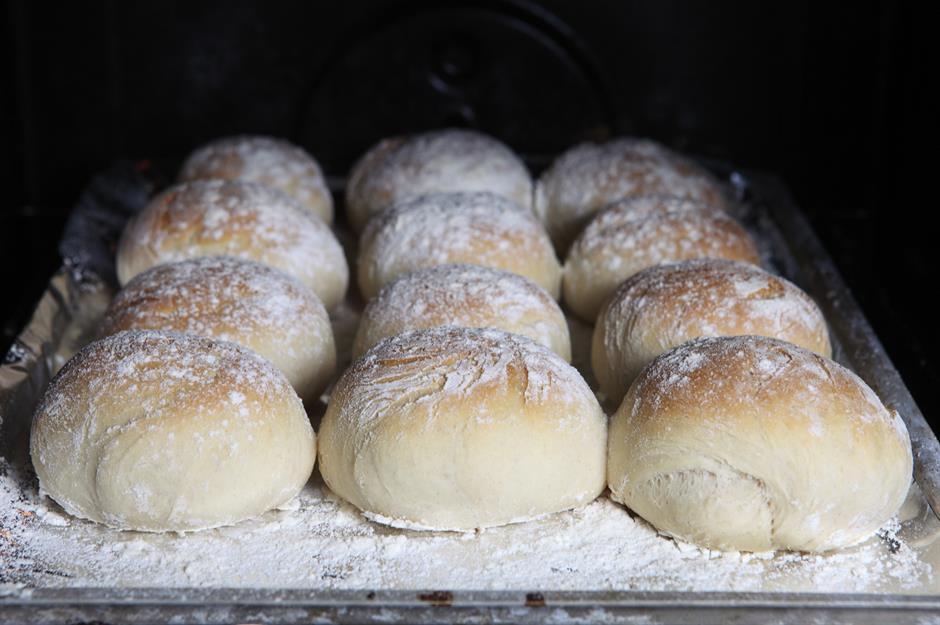
This strangely-named white roll must not be mistaken for any old bun. The blaa is softer, has a heavy dusting of flour and Protected Geographical Indication status so can only be made in a town called Waterford. It was introduced to the area by French refugees in the late 17th century. Find locals eating it any time before midday, with Irish butter, bacon, black pudding, fried egg, ham, cheese, red lead (pork luncheon meat) or jam.
Check out the other regional names for a bread roll across the British Isles
Potato farl
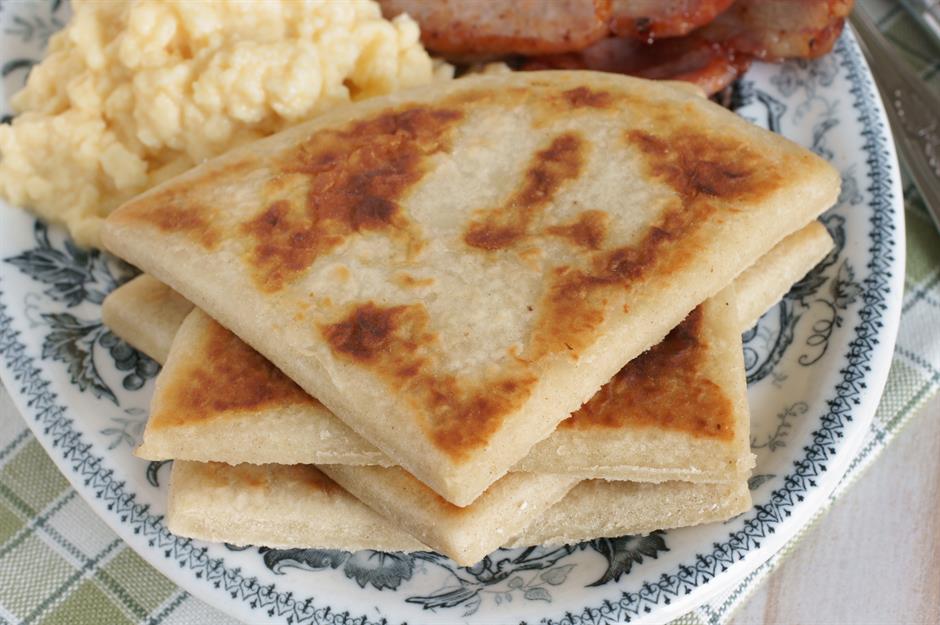
Delicious smothered in melted butter, potato farls are another type of potato bread and play a starring role in the Ulster Fry. Traditionally, they were made with oatmeal, butter and potatoes, but these days recipes are more likely to contain plain flour instead. The batter is cooked in a griddle or skillet like a pancake and cut into quarters, otherwise known as farls.
Wheaten bread
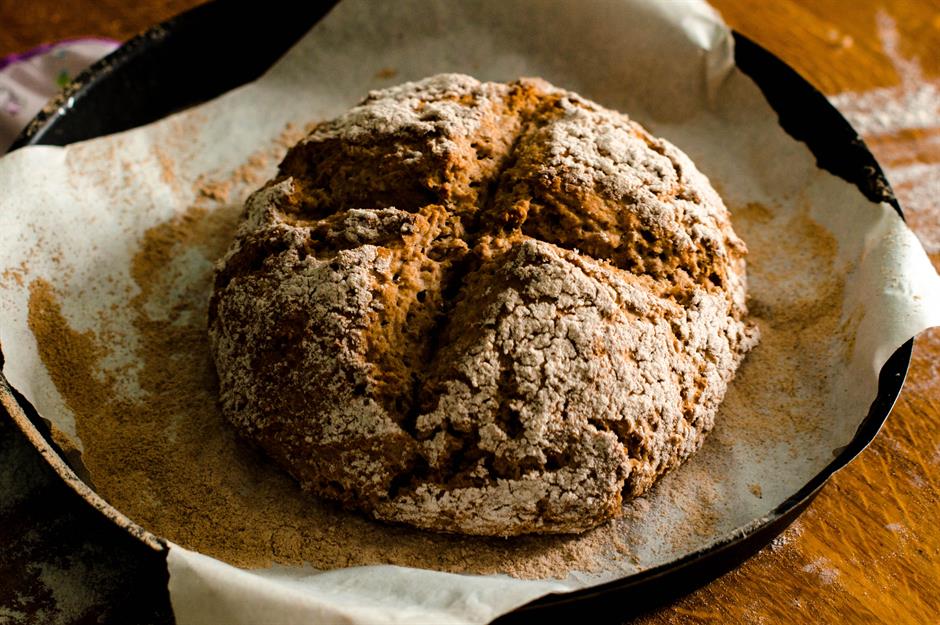
One of the fastest loaves in the world to bake, wheaten bread is what the Northern Irish call brown soda bread. It uses baking soda instead of yeast as a raising agent, producing a dense, crumbly, cake-like loaf. It can’t be used to make a sandwich, but is delicious with melted butter or dipped in soup. Both white and brown soda bread are particularly common in Ireland as the type of flour grown in this climate can’t produce gluten that's needed for yeast-raised bread.
For more information about making soda bread at home, check out these tips
Irish Mist
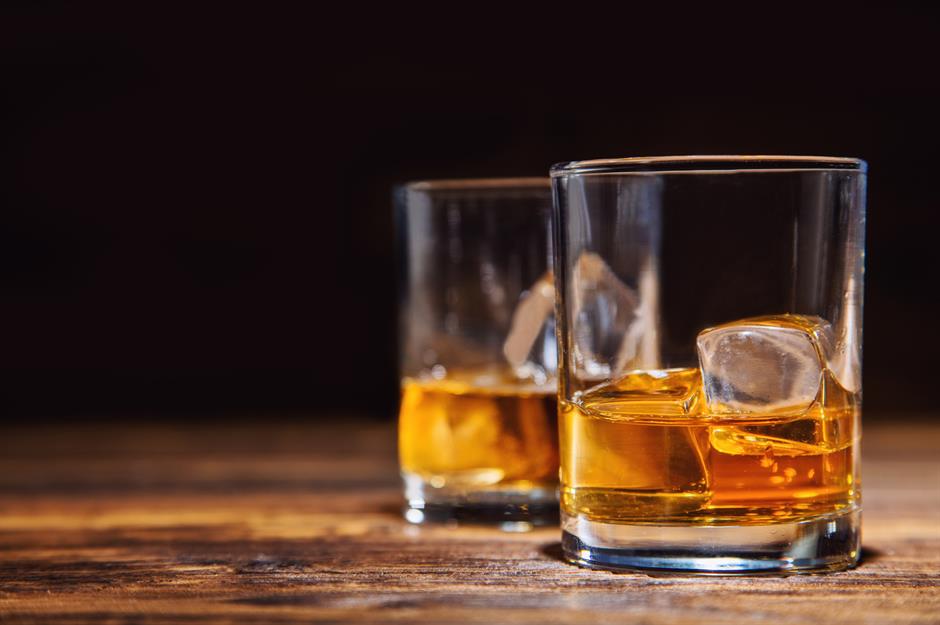
The first liqueur to be produced in Ireland, Irish Mist is a blend of Irish whiskey, honey and spices. It was invented in the 1940s and though the bottle has changed, the recipe has stayed the same. The drink is said to be inspired by the heather wine drank by nobles in Ireland’s ancient clans. It can be taken straight or mixed into a cocktail.
Bacon and cabbage
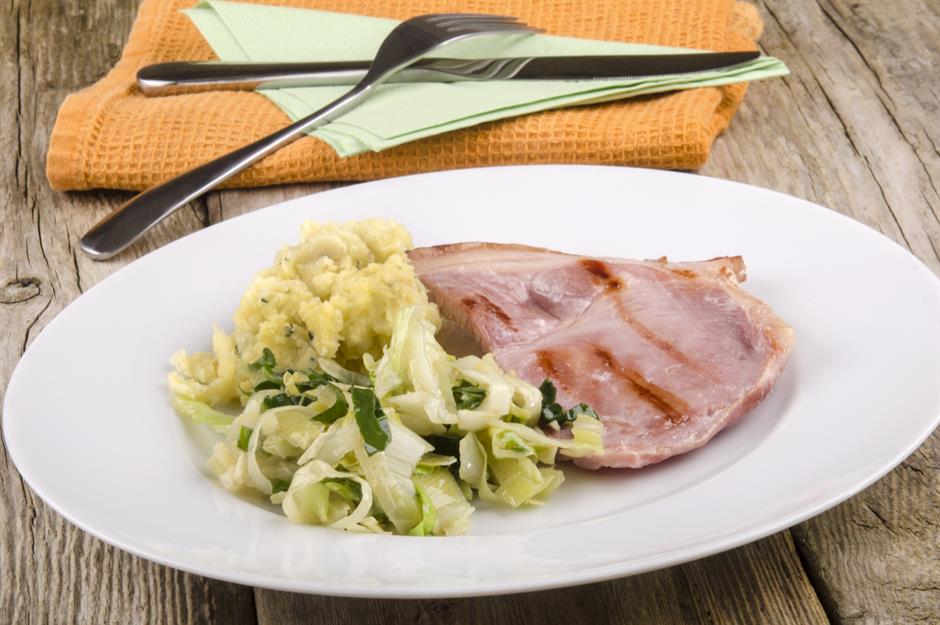
Many people eat corned beef and cabbage on On St Patrick’s Day, though this is actually an American take on a dish the Irish actually eat – bacon and cabbage. One of Ireland’s most popular dinners, the hearty meal sees slices of boiled then roasted pork loin served with cooked cabbage, potatoes and creamy mustard sauce.
Fifteens
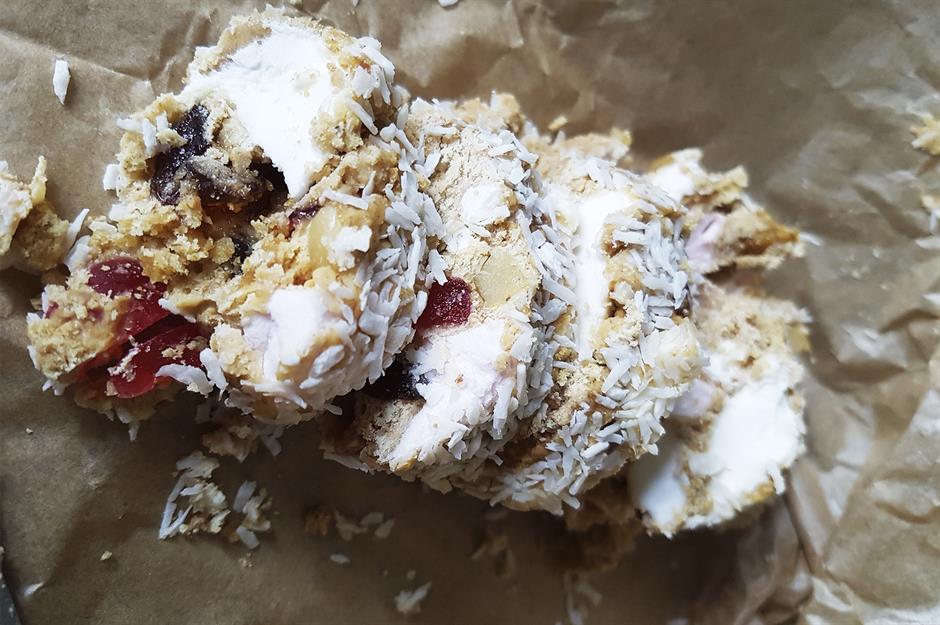
This classic Northern Irish treat gets its name as the recipe requires 15 of each of the main ingredients: crushed digestive biscuits, chopped marshmallows and halved glacé cherries. The ingredients are mixed with condensed milk, formed into a sausage, rolled in desiccated coconut and put in the fridge to set. Slice and enjoy.
Crubeens
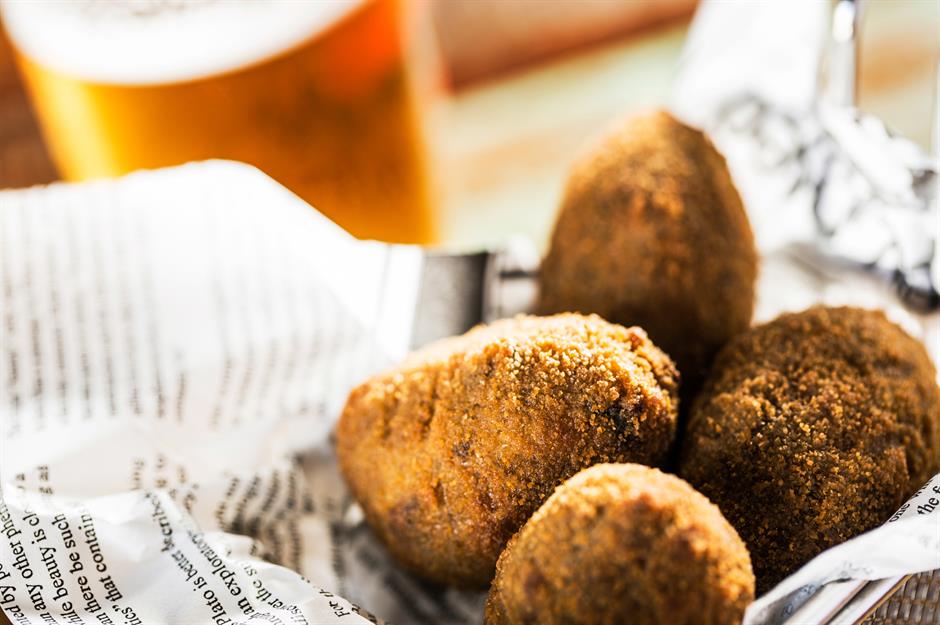
This hot, crunchy, rich, gelatinous, salty, messy snack was a popular 19th and 20th century Irish street food. Made from boiled then deep-fried pig’s feet, it’s traditionally eaten by gnawing around the bone with your hands. It was sold near bars and made you want to keep buying pints. At the moment it’s experiencing a renaissance and you can find it served deboned in restaurants.
Comments
Do you want to comment on this article? You need to be signed in for this feature